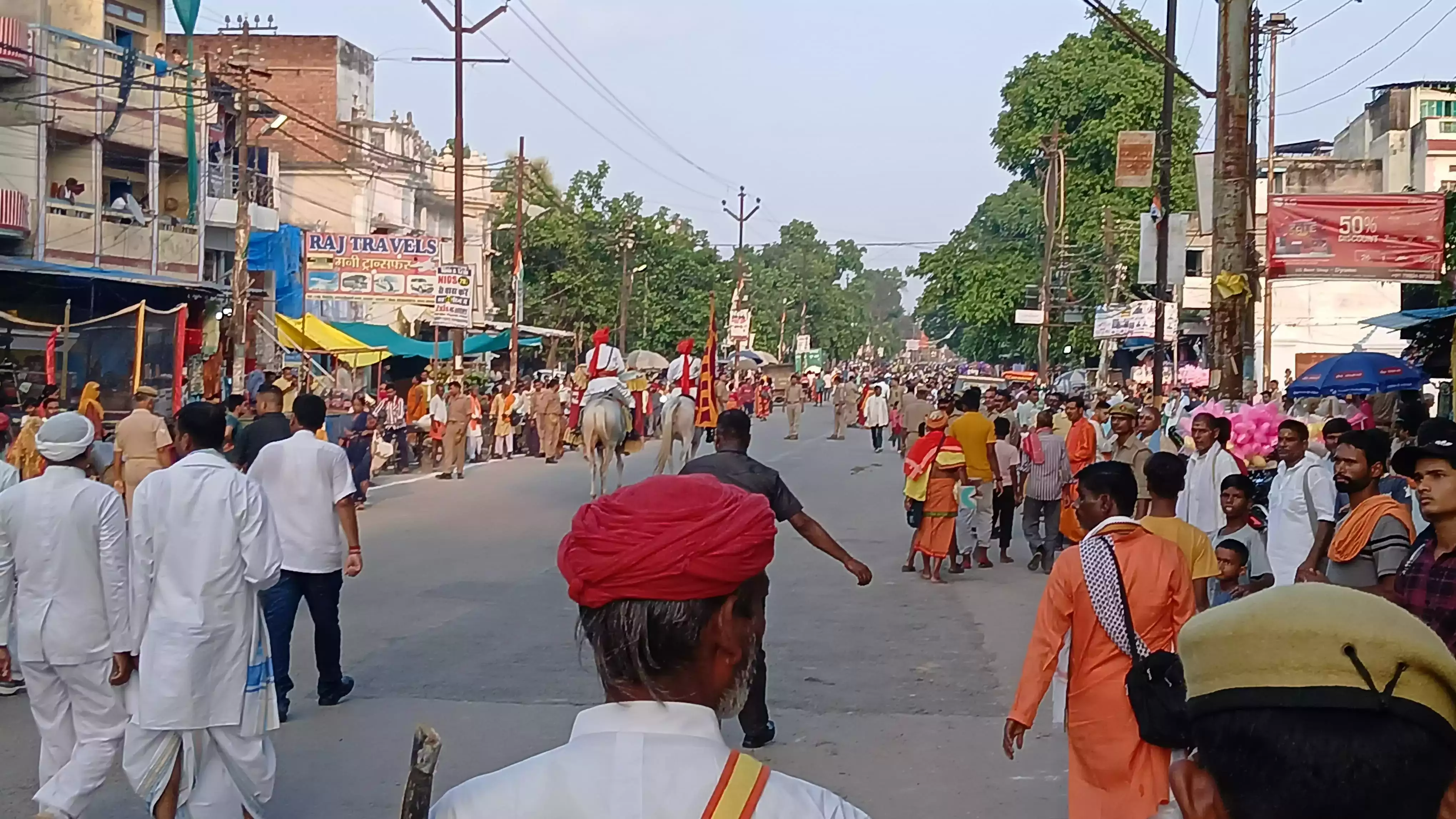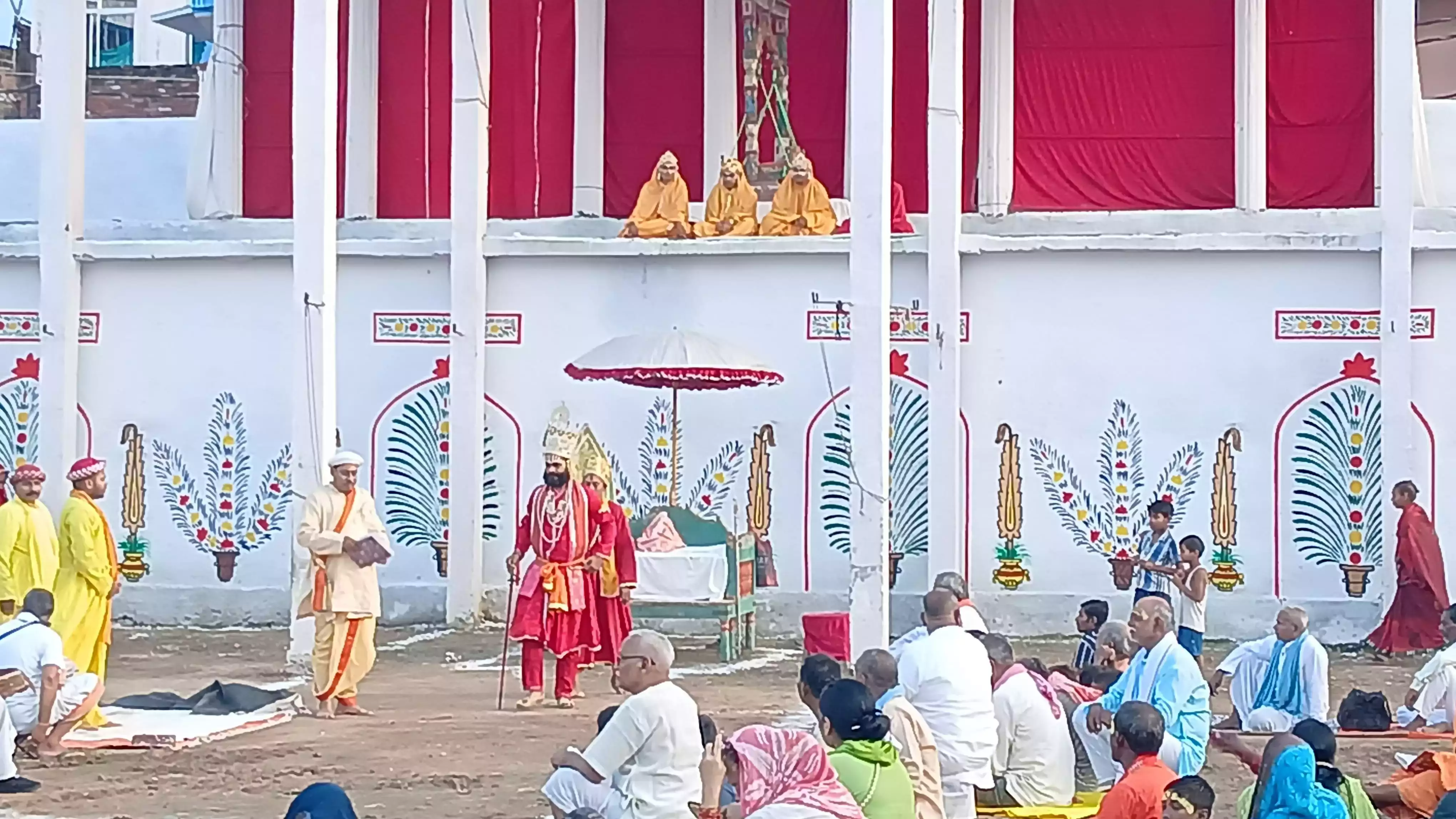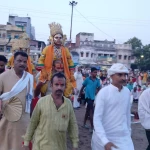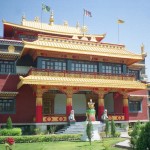Introduction: The Cultural Significance of Ramnagar Ramleela
Varanasi, the ancient city of Kashi, has always been a symbol of spiritual and cultural richness. Nestled on the banks of the Ganges, it features a complex tapestry of traditions, festivals, and rituals that have created its identity over millennia. Among these traditions, the Ramnagar Ramleela maintains a distinct place, not just for its grandeur but for its capacity to transcend religious, cultural, and language barriers.

Started in the 18th century under the patronage of the Kashi Naresh (King of Kashi), this Ramleela has expanded into a global event, attracting devotees, intellectuals, and visitors from around the world. It is a living, breathing enactment of the epic Ramayana, performed over a month-long period, glorifying the life and virtues of Lord Rama. What makes it distinctive is the care with which the characters are portrayed and the passion of the people who continue to perpetuate this centuries-old practice.
Historical Beginnings: The Origin of Ramnagar’s Ramleela
The Ramnagar Ramleela is believed to have begun in the 18th century under the leadership of Kashi Naresh, Maharaja Balwant Singh. His ambition was to create an immersive experience where the public may not just observe but participate in the moral and ethical teachings of the Ramayana. Unlike other Ramleelas that were performed in enclosed spaces, the Ramnagar Ramleela was designed as a moving performance, spread across the entire town of Ramnagar, with the audience following along to different sets representing locations from the epic, such as Ayodhya, Janakpur, Chitrakoot, and Lanka.
The root of the Ramnagar Ramleela lies in Tulsidas’s "Ramcharitmanas," a poetic reworking of the Sanskrit Ramayana, which made the story of Lord Rama accessible to the common people. It was this text, full with emotion, commitment, and simplicity, that resonated with the public and became the guiding screenplay for the performance.
Patronage of Kashi Naresh: Royal Custodianship
The Kashi Naresh remains the primary figure in the continuation of the Ramnagar Ramleela. Even today, the Ramleela is incomplete without the presence of the King of Kashi, who is regarded as the guardian and patron of this institution. Every year, the Kashi Naresh leads the audience, representing his duty as the protector of Varanasi’s cultural and spiritual heritage.
The engagement of the Kashi royal family is not only ceremonial; their strong regard and connection to the festival reflect their desire to maintain the principles that the Ramleela preaches. The annual Ramleela also offers a space for the people of Varanasi engage with their rulers in a unique spiritual and cultural atmosphere.
The Uniqueness of Ramnagar Ramleela: A Living Tradition
Ramnagar’s Ramleela is not simply a performance, it is an experience. Spread over 31 days, the drama is staged at numerous places in Ramnagar, allowing the audience to walk through the journey of Lord Rama, from his birth in Ayodhya to his coronation. Each location in Ramnagar depicts an important place in the Ramayana, with permanent sets that have stayed untouched for generations.
What makes this Ramleela special is its emphasis on simplicity and sincerity. Unlike modern-day theatrical performances that rely largely on technology, Ramnagar’s Ramleela keeps its traditional appeal by forgoing microphones, speakers, and artificial lighting. The players perform without amplification, and the natural lighting of dawn and dusk is employed to accentuate the ambiance.

The dialogues are repeated from memory, and the players, who are frequently non-professionals from local communities, obey rigorous norms of conduct throughout the performance, including observing celibacy and living a disciplined life while playing their roles. This passion puts a level of purity and spirituality into the performance that truly resonates with the audience.
Rituals and Religious Importance of Ramnagar Ramleela
For the residents of Varanasi, the Ramnagar Ramleela is more than just a spectacle—it is a ritual of tremendous religious significance. Lord Rama is regarded the embodiment of dharma, morality, and moral ideals, and the portrayal of his life through the Ramleela serves as a reminder to live according to these principles.
The stories of the Ramleela show significant occurrences from the Ramayana, such as the exile of Lord Rama, the kidnapping of Sita, the burning of Lanka, and the final victory over Ravana. Each episode provides important moral and ethical themes. For instance, the exile of Lord Rama emphasizes the significance of sacrifice and loyalty to one’s parents, while the destruction of Lanka symbolizes the ultimate victory of good over evil.
As the Ramleela progresses from scene to scene, it weaves together a spiritual experience for the audience, who not only observe the happenings but also engage with the narrative through prayers and rituals. The entire mood becomes one of devotion, with the audience shouting prayers and songs, immersing themselves in the holy experience.
Social and Cultural Impact of Ramnagar Ramleela
The Ramnagar Ramleela is a cultural confluence, bringing together people from all walks of life. During the 31-day festival, Ramnagar becomes a hub of social and cultural activity, with local marketplaces blossoming, families getting together, and people from adjacent villages and cities joining the celebrations. The communal cohesion fostered by this festival is a tribute to its deep-rooted influence on the social fabric of the region.
Actors, musicians, and craftspeople from diverse social strata come together to make the Ramleela a success. It acts as a forum for cultural interaction, where traditions, art forms, and local customs merge to provide an immersive cultural experience. The event also provides a boost to the local economy, with stores, food stalls, and other businesses thriving during this week.
The Ramleela has also become a bridge between generations, as seniors pass down the stories, rituals, and values associated with the Ramayana to younger generations. This insures the preservation of not just the Ramleela itself, but the greater cultural history of Varanasi.
The Structure and Performance of Ramnagar Ramleela
Ramnagar Ramleela is a month-long celebration, divided down into daily performances that cover different events of the Ramayana. The performance opens with the coronation of Lord Rama in Ayodhya, followed by the major events of his life. The most noteworthy scenes include:
1. Ayodhya Kand (Coronation and Exile): The story begins with Lord Rama’s life in Ayodhya, followed by his banishment to the jungle. This part emphasizes familial duty, sacrifice, and the fulfillment of vows.
2. Aranya Kand (Forest Adventures): The audience is escorted through the woodlands where Lord Rama, Lakshman, and Sita spend their 14-year exile. This portion is full with moral lessons and introduces significant characters like Hanuman and Ravana.
3. Sundara Kand (Search for Sita):** Hanuman’s voyage to Lanka and his burning of the city are shown, signifying the triumph of dedication and courage.
4. Yuddha Kand (War and Victory): The climactic battle between Rama and Ravana is presented with great pomp, illustrating the triumph of good over evil.
5. Rajya Abhishek (Coronation): The event concludes in the coronation of Lord Rama, signifying the restoration of order and dharma in the universe.
The Global Recognition of Ramnagar Ramleela
Over the ages, Ramnagar Ramleela has expanded from a local ritual to a global event. Every year, hundreds of international visitors, scholars, and devotees come Ramnagar to see the spectacle. The unusual style of this Ramleela, where the audience moves together with the actors, gives an extraordinary immersive experience that has received notice worldwide.
Efforts are being undertaken to establish the Ramnagar Ramleela as a UNESCO World Heritage event, which would further boost its global prominence. Such acknowledgment will not only preserve the tradition but also ensure that future generations can continue to experience this wonderful event.
Challenges and Preservation of Ramnagar Ramleela
In today’s fast-paced world, the Ramnagar Ramleela faces various obstacles. Modern entertainment, the growth of digital media, and changes in social dynamics have diverted the attention of younger audiences away from conventional performances. However, the Ramleela remains robust because to the efforts of the Kashi Naresh and local cultural organizations.

Preservation efforts include retaining the historic sets, costumes, and performance styles, but also altering key components to make the event more accessible to a broader audience. The use of social media and digital platforms to promote the Ramleela has assisted in reaching a global audience, ensuring that the tradition continues to survive.
Conclusion: The Enduring Legacy of Ramnagar Ramleela
The Ramnagar Ramleela is more than just a cultural event—it is a living tradition that symbolizes the moral and ethical teachings of Lord Rama. For the people of Varanasi, it is a way of life, a reminder of their spiritual roots, and a celebration of their cultural heritage. Through its simplicity, dedication, and majesty, the Ramnagar Ramleela continues to inspire generations, linking people to the timeless principles of the Ramayana. As this legacy carries onward, it remains a light of cultural continuity and spiritual enrichment for the entire world.












